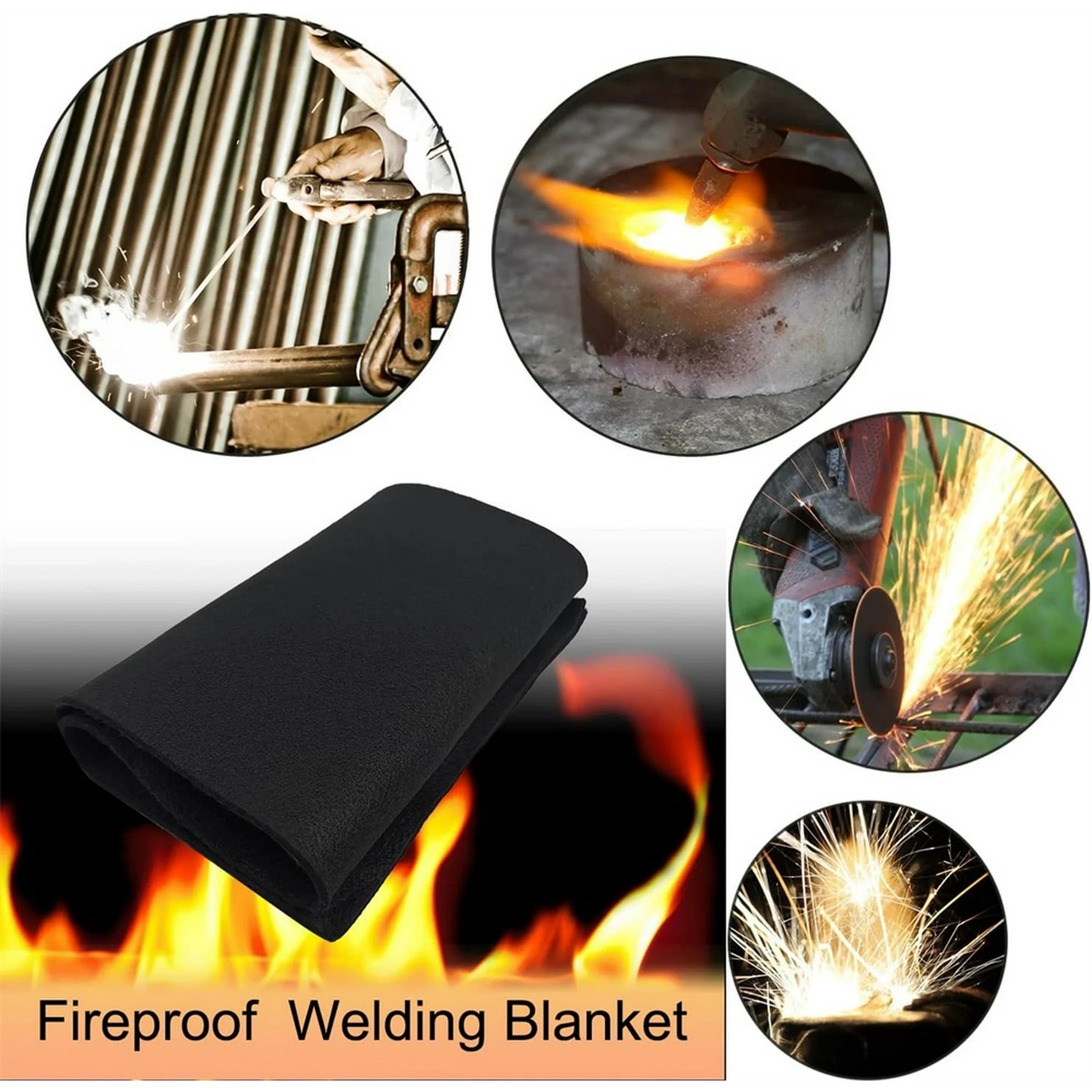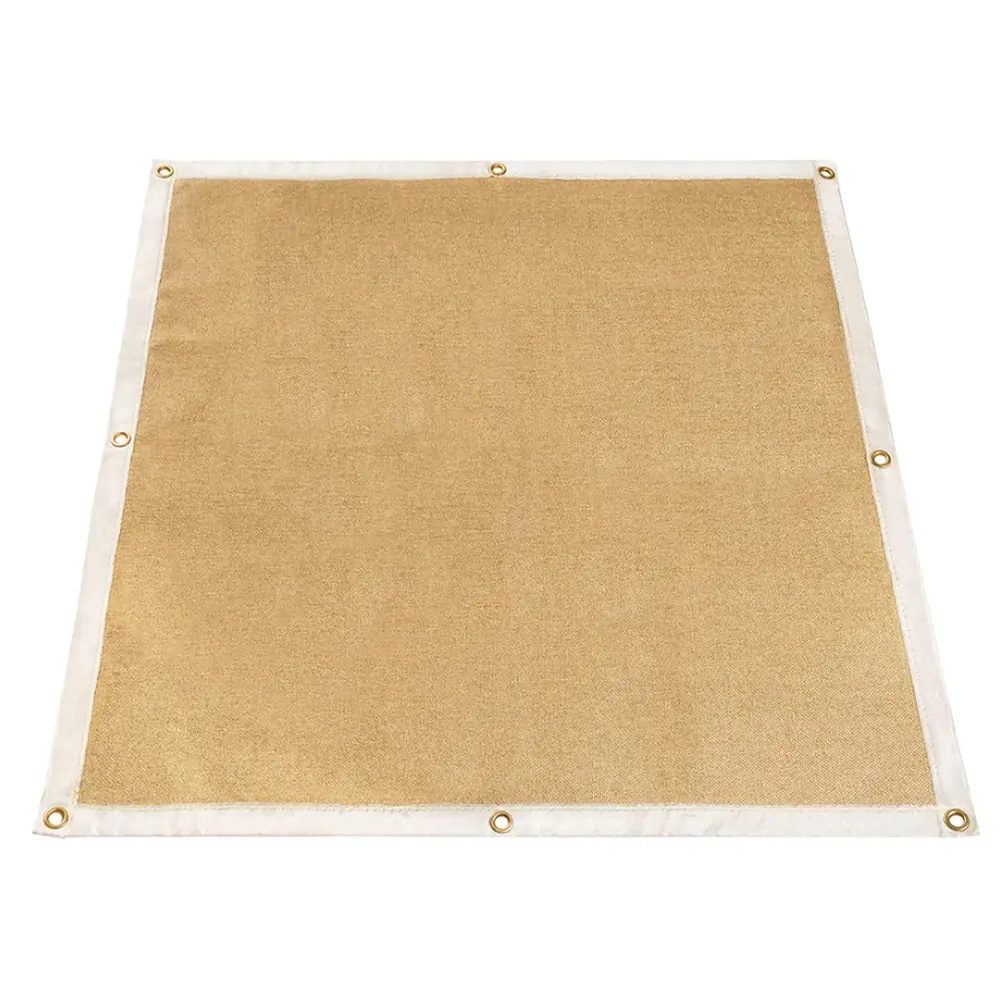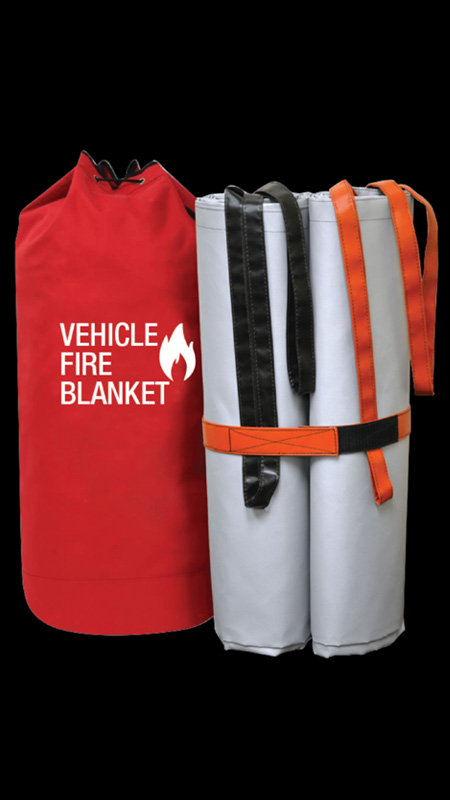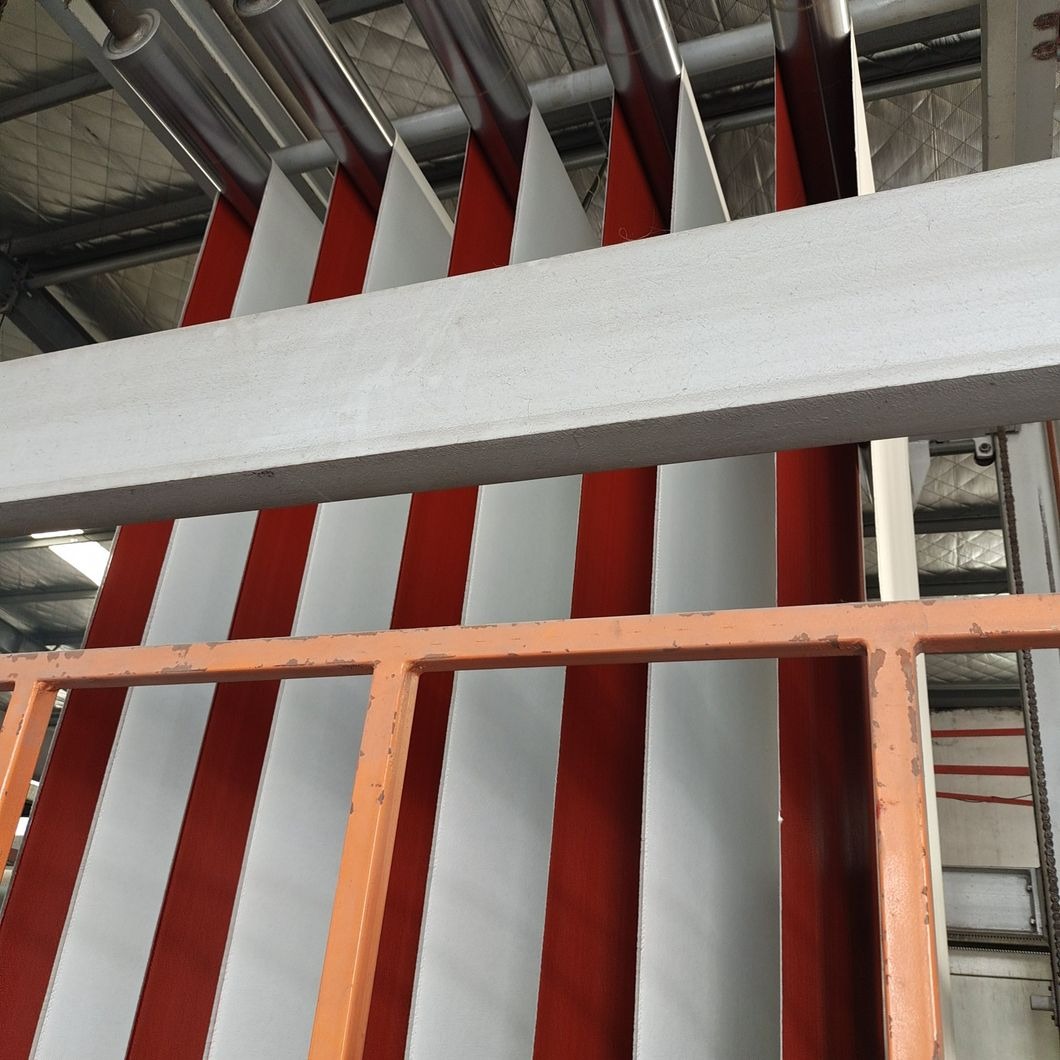3000 Degree Welding Blanket: Ultimate Heat Protection Guide
A 3000 degree welding blanket provides exceptional heat resistance for welding, foundries, and fire protection. This guide explains its materials, uses, benefits, and how to choose the right one for your needs.
What Is a 3000 Degree Welding Blanket?
A 3000°F welding blanket is a specialized protective covering designed to withstand extreme temperatures. Unlike standard welding blankets that typically resist up to 1000°F, these high-performance blankets use advanced materials to protect against sparks, molten metal, and intense heat sources.
These blankets are essential for:

- High-temperature welding applications
- Foundry work with molten metals
- Industrial furnace maintenance
- Fire containment in hazardous environments
Key Features of 3000 Degree Welding Blankets
When shopping for a 3000 degree welding blanket, look for these critical features:
Material Composition:Premium 3000°F blankets use silica fiber or ceramic fiber materials with special coatings that resist extreme heat without degrading.
Thickness:Typically ranges from 1/4" to 1/2" - thicker blankets offer better protection but may be less flexible.
Size Options:Available from small 3'x3' sheets to large 12'x12' blankets for covering equipment.
Weight:High-temperature blankets are heavier than standard ones due to their dense fiber construction.
Reusability:Quality 3000°F blankets can withstand multiple uses if properly maintained.
How to Use Your 3000 Degree Welding Blanket Safely
Proper use ensures maximum protection and blanket longevity:
- Always inspect for damage before use
- Position the blanket to cover all potential spark paths
- Secure edges with non-flammable weights or clamps
- Allow complete cooling before moving or folding
- Store in a dry, clean area when not in use
Comparing 3000°F Blankets to Other Heat Protection
Standard welding blankets (1000°F rating) work for light welding but can't handle:
- Plasma cutting of thick materials
- Foundry operations with molten metal
- Industrial furnace repairs
- High-temperature chemical processes
A 3000 degree welding blanket provides superior protection when working with:
- Molten steel (2750°F melting point)
- Plasma cutting of 2"+ thick steel
- Oxy-fuel cutting of heavy sections
- Industrial boiler maintenance
Maintenance Tips for Longevity
Extend your 3000°F welding blanket's life with proper care:
- Gently shake off slag and debris after each use
- Never fold while hot - wait until completely cooled
- Store flat or rolled, not folded, to prevent fiber damage
- Inspect regularly for tears or thinning areas
- Replace if the blanket shows significant wear or damage
Choosing the Right Size and Thickness
Select your 3000 degree welding blanket based on:
Application:Larger projects need bigger blankets - measure your work area and add safety margins.
Mobility:Thicker blankets offer better protection but are heavier to move.
Storage Space:Consider where you'll store the blanket when not in use.
Common size recommendations:
- Small work: 4'x4' or 4'x6'
- Medium projects: 6'x8'
- Large industrial use: 8'x10' or larger
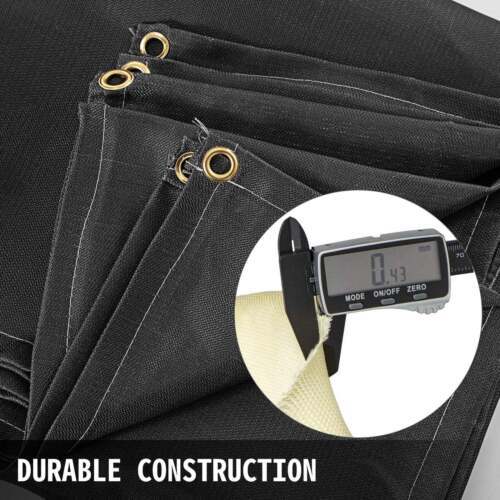
Safety Considerations
While 3000 degree welding blankets offer excellent protection, remember:
- They don't make surrounding areas completely safe - maintain proper clearance
- Always wear appropriate PPE in addition to using the blanket
- Never use damaged blankets - small tears can rapidly worsen under heat
- Keep flammable materials away even when using high-temperature blankets
Where to Buy Quality 3000 Degree Welding Blankets
Purchase from reputable suppliers that:
- Provide detailed specifications and temperature ratings
- Offer product testing data
- Have positive customer reviews from industrial users
- Can provide material safety data sheets
A high-quality 3000°F welding blanket is an investment in safety and efficiency for high-temperature work. Choose carefully based on your specific needs and applications.


